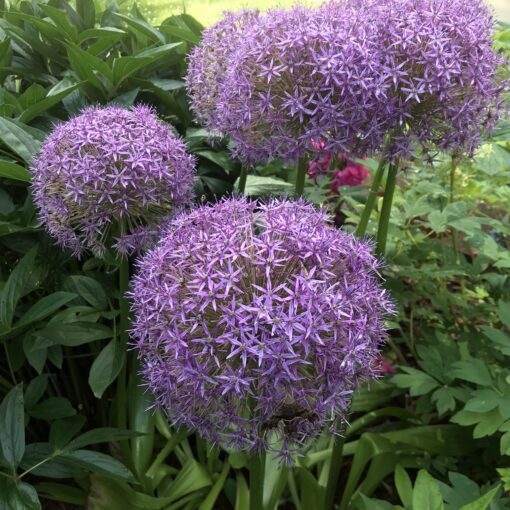Caring for Spring Bulbs
Spring blooming bulbs, such as daffodils, tulips, and hyacinths, are a sure sign that warmer weather is on the way. These bright and colorful plants are a welcome addition to any garden, and with a little bit of care, they can provide years of enjoyment. In this blog post, we'll take a look at how to care for spring-blooming bulbs and keep them looking their best.

The first step in caring for spring-blooming bulbs is to plant them at the right time. In general, bulbs should be planted in the opposite season to when they would naturally bloom. For spring-blooming bulbs, this means planting them in the fall when the soil is still relatively warm and moist. This allows the bulbs time to establish their roots before the winter weather arrives. Additionally, planting in the fall gives you a sense of where to space your bulbs in the layout of your existing perennials. When planting bulbs, be sure to follow the specific planting instructions for the type of bulb you are planting, as different bulbs have different depth requirements. Be sure that the bulbs you are planting are hardy in your growing zone, otherwise, you will need to replant bulbs every year. In the Twin Cities, we are lucky to have many varieties of perennial bulbs that do well here despite our harsh winters.
Once your bulbs are planted, there are a few key things you can do to help them grow and thrive. First, be sure to water your bulbs regularly, especially during dry spells. Bulbs need a consistent supply of moisture to grow and flower properly. This is a good reason to plant your bulbs in drifts of 12 or more so that you can easily water them all at once time. Additionally, intermingling your bulbs with other plants that have similar water needs means you can care for them all together. You can also fertilize your bulbs with a balanced, slow-release fertilizer to help them grow. Bulb food or bone meal is a great choice for getting your bulbs off to the best start, as well as maintaining them by fertilizing them in early summer after the flowers and foliage have died back for the season.


In the spring, when your bulbs are starting to emerge, be sure to remove any debris and pull back mulch that may be covering the plants. This will allow the plants to get the light and air circulation they need to grow and flower properly. Sometimes leaves and other debris can get caught around the first leaves of bulbs as they push up early in the spring. Carefully removing these allow your bulbs to continue in their growth without impediment.
Another important aspect of caring for spring blooming bulbs is to deadhead the flowers once they have finished blooming. Removing the spent flowers from the plants prevents seed production and encourages the plants to focus on foliage and root growth. Trimming off the spent flowers helps to neaten the appearance of the plant while the foliage continues to collect sunlight to bulk up its bulbs.

By following these simple tips, you can keep your spring blooming bulbs looking their best and kick-start the beauty in your garden from early spring on!
